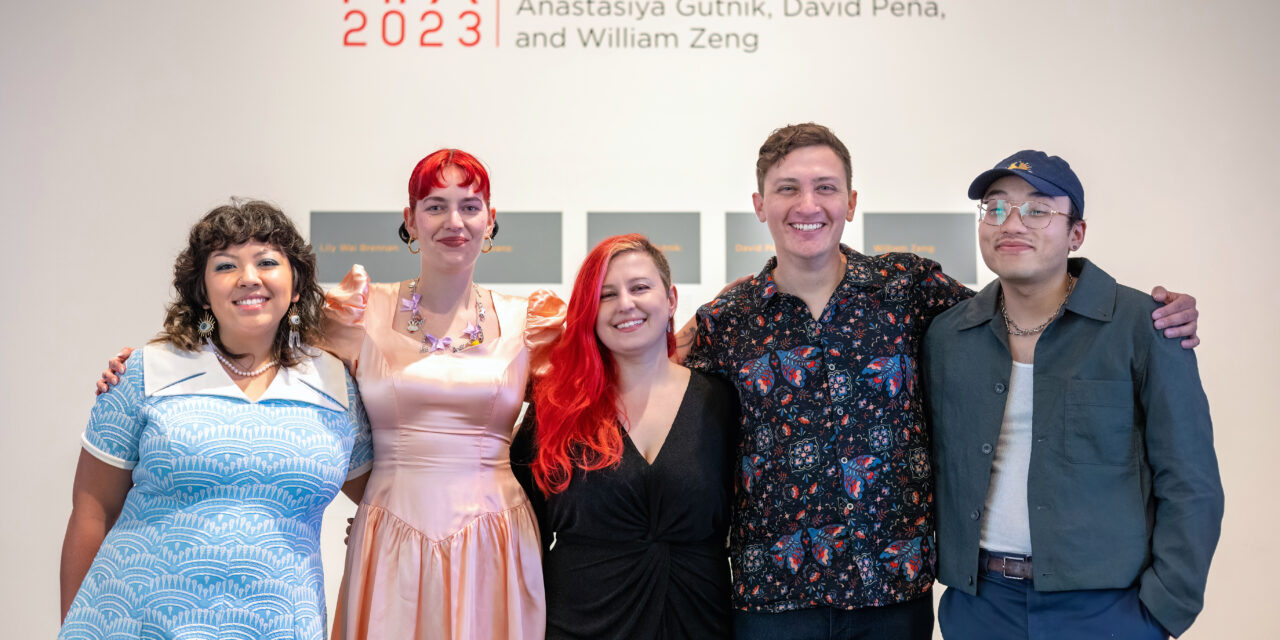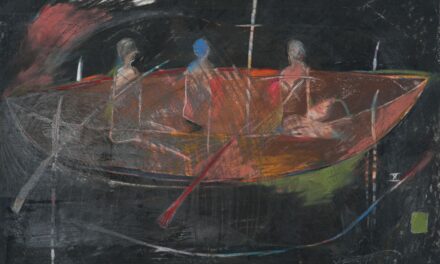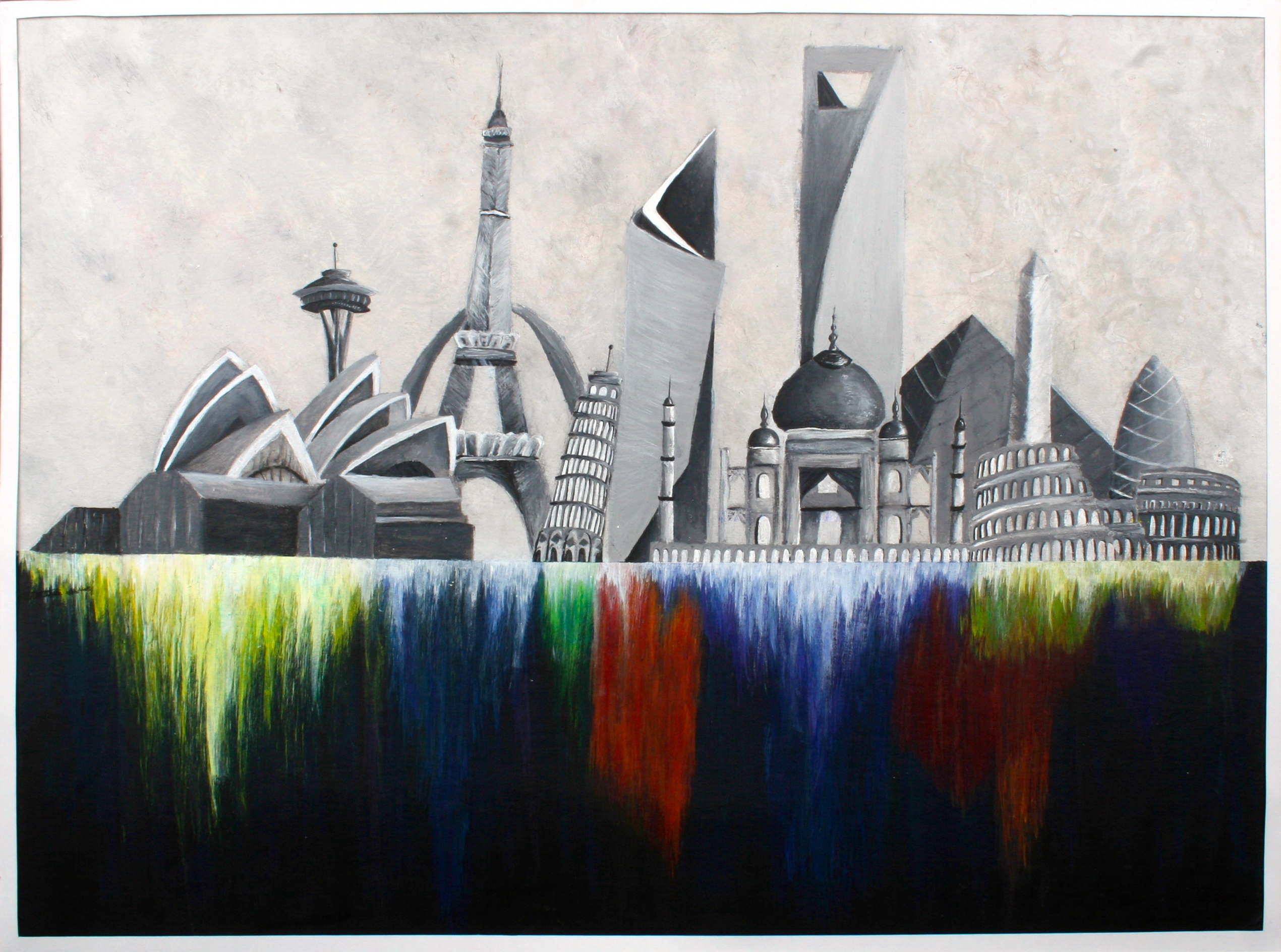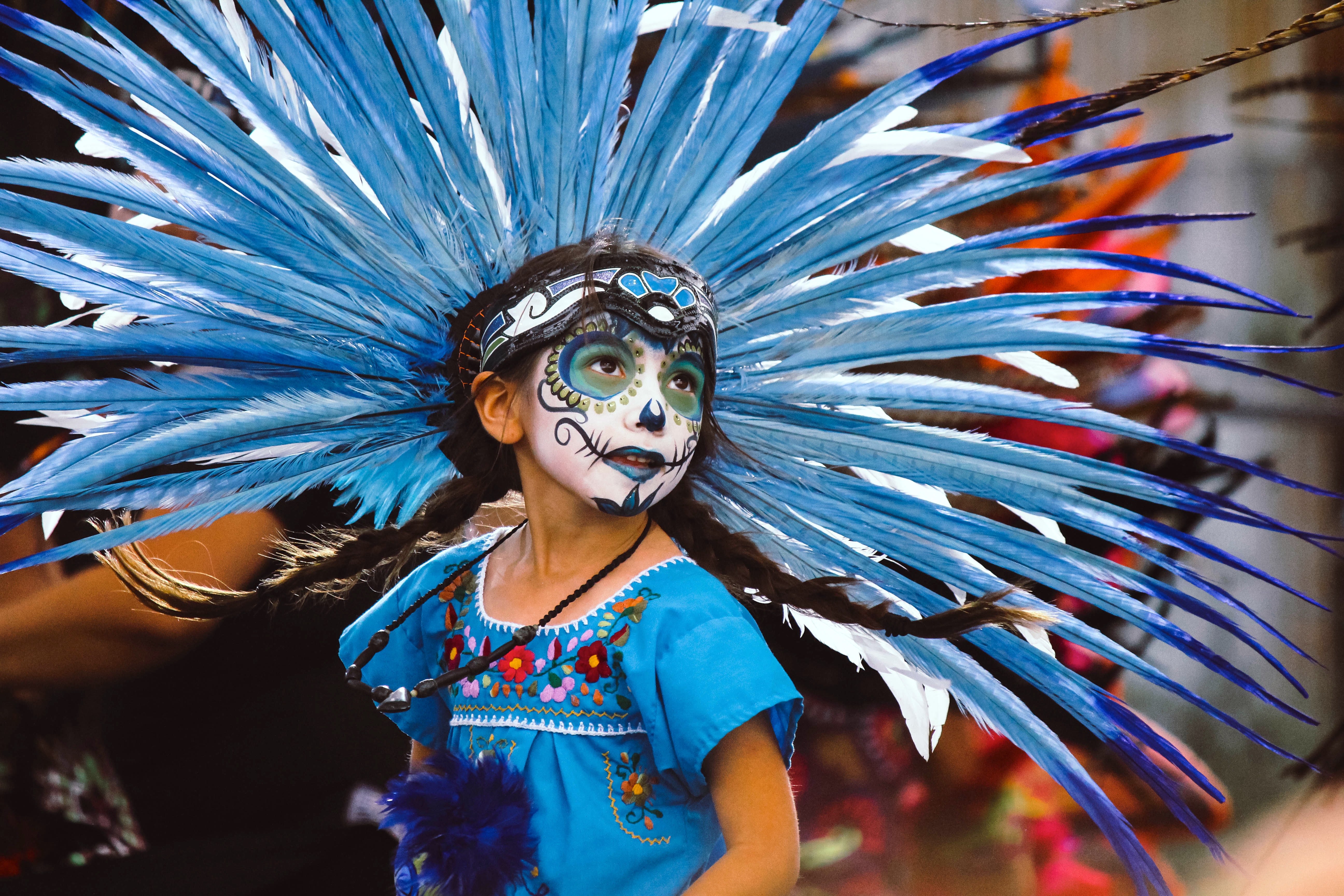(Above: Students who completed master’s degrees in the fine arts program at the University of Oregon in 2023; left to right, Lily Wai Brennan, Mary Evans, Anastasiya Gutnik, David Peña, and Will Zeng.)
By Randi Bjornstad
The master of fine arts program at the University of Oregon celebrates its 100th year this year — second in age nationally only to the University of Washington’s program — with an widely eclectic exhibit of projects by its five 2023 graduates.
But don’t delay, because the show ends on June 20.
What distinguishes the UO’s MFA program is its interdisciplinary approach, one that allows budding artists to incorporate many different art forms as they create their final, third-year projects, according to Ron Jude, director of graduate studies in the UO’s art department.
“This is our most recent incarnation, to include not only the traditional ‘siloed’ aspect of pursuing art degrees in a specific area of art, to encouraging people to explore art that crosses traditional boundaries, to reflect the state of art as interdisciplinary creativity,” Jude said.
As an example, the UO exhibit features art ranging from Will Zeng’s large acrylic-and-oil paintings that examine Asian-American culture and gender identity to an intricate “wicker” dome hut that bridges the gap between natural materials and the human-made world.
“Each student’s project has its own different meaning and resonances,” said Kurt Neugebauer, assistant director of the Jordan Schnitzer Museum of Art at the UO, but at the same time, “Working so closely together means there is a lot of relationship among the artists, individually and as a group, and even though the only thing that really codifies them is that they all are finishing their projects, the close collaboration can affect their individual projects all the way to installation.”
Debbie Williamson-Smith, communications manager at the art museum, agreed.
“This group was particularly delightful,” she said. “They became close to each other, very unified, and it was an honor to witness that.” She especially remembered one event in which parents were in attendance, “and it was wonderful to see all the moms taking pictures of all the other artists besides their own.”
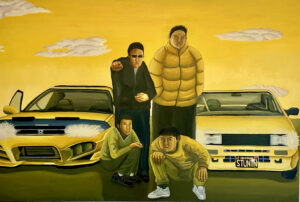
Will Zeng’s sharply detailed and colorful paintings, examine cultural, social, and gender identity among Asian Americans.
One thing that distinguishes this group of MFA students is the effect of the pandemic on their tenure at the UO. Jude said, in an earlier news release announcing the exhibit.
“For each of these artists, this exhibition is the culmination of three years of intensive study, including academic research and creative studio output, as well as an immersion in the Department of Art as instructors in undergraduate courses and labs,” he said. “It’s a rigorous period even when the world is stable, but it should be noted that this MFA cohort spent their entire first year in pandemic lockdown, attending and teaching their classes remotely, while developing their studio practices with online critiques. Their perseverance and ability to overcome these extraordinary circumstances and produce the fully realized work seen in this exhibition is a remarkable achievement.”
Here’s a summary, provided by JSMA, of the 2023 MFA candidates and their projects:
Lily Wai Brennan is a craft-based interdisciplinary artist whose concern lies in the experience of living within ambiguous bodies. Inspired by pop culture, dreams, and meditation, Lily interrogates themes of interrace, queerness, and femme. Drawn by personal narrative, her practice acts as an entry point for conversation regarding marginal identity. Her thesis is titled “How Do the Visible Hide?” and it articulates the complexities of voyeuristic experiences in marginalized folk as she finds herself affected by a recent stalking incident.
Mary Evans is an interdisciplinary artist working primarily in experimental video and Paper Mache sculpture. Evans has developed a unique visual and conceptual vocabulary that speaks to ideas of consciousness, spiritualism, and interdimensional realities. Rituals of symbolic transformation are performed as characters travel into and flirt with the void in the format of pop music videos.
Anastasiya Gutnik is an interdisciplinary Russian-born artist whose work incorporates walking, storytelling, and notions around place and transience. Primal materials such as soil, salt, ash, bones, grasses, become starting points for her installations for their physical properties, cultural meaning, and ecological significance. The human and nonhuman find connections through their own gestural expressions, gravitational pulls, and historic entanglements. She explores the way our connection to the natural world and each other is influenced generationally, weaving together installations that consider distant past, the complexities of our contemporary moment, and imagines future relational possibilities.
David Peña is a multidisciplinary artist and cultural organizer from the border region between Tijuana and San Diego. He uses the vocabulary of patterns to contemplate personal and public occurrences and as a point of collaboration. He seeks to connect his visual practice with his commitment to people and place, exploring ways to bridge community and understand organizing as an art practice. Liminality, transitioning across boundaries, has been a central focus within his practice. He investigates the many ways we enter and through in-between spaces and the ways we are confronted with borders, geographical, internal, tangible and abstract.
Will Zeng uses painting, performance, and object-making to explore subjectivity through the intersection of Asian American, masculine, and queer identities. Zeng engages tensions between subject and object, graceful and pathetic, shame and pleasure, intimacy and distance as means of articulating a lived experience. His work currently utilizes the rice rocket, a racially derogative term that broadly describe compact Asian import cars modified in bad taste and import racing culture as a space for exploring the opportunities presented by the failure of the Asian American masculine subject.
2023 exhibit of final projects by UO master of fine arts candidates
When: Through June 20, 2023
Where: Jordan Schnitzer Museum of Art, University of Oregon campus, 1430 Johnson Lane
Special hours on June 20, 2023: 11 a.m. to 5 p.m.
Regular hours: 11 a.m. to 8 p.m Wednesday, 11 a.m. to 5 p.m. Thursday through Sunday
Link to virtual tour of the MFA show: https://mpembed.com/show/?m=B7iFxx8ZCKk&mpu=885
Information: jsma@uoregon.edu

